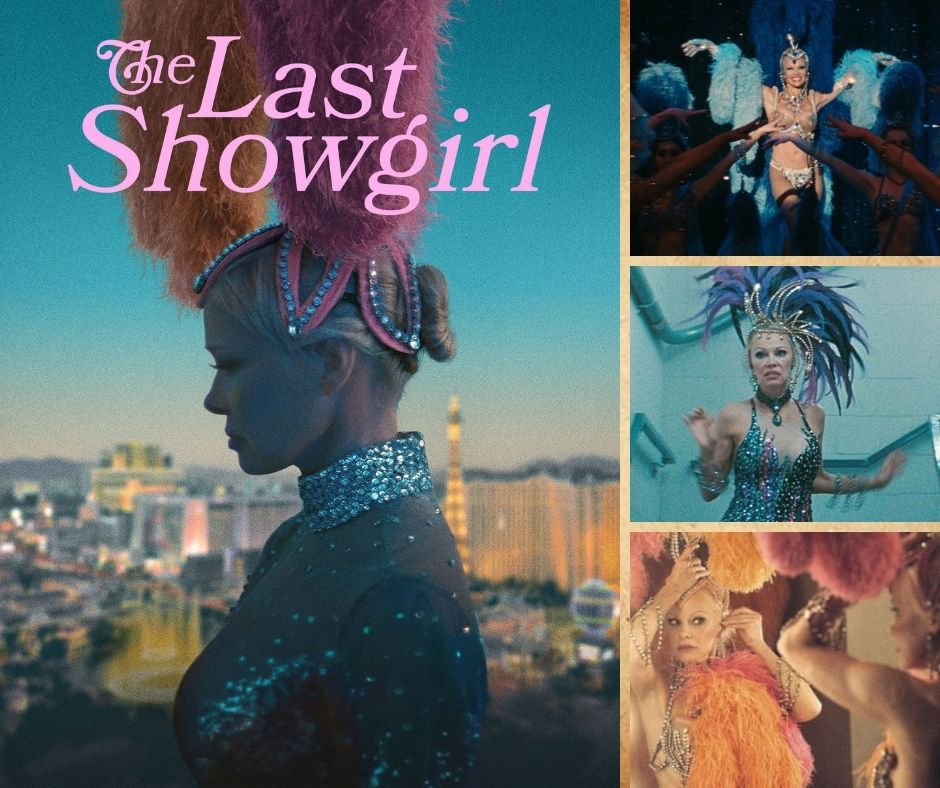The Last Showgirl

With an eye for quiet character studies and generational disconnect, Gia Coppola takes a swing at her own version of The Wrestler. But instead of a washed-up fighter, The Last Showgirl centers on Shelley, a 57-year-old Vegas performer whose long-running revue, Le Razzle Dazzle, is about to close in two weeks. The stage lights are fading, and for the first time in decades, Shelley must ask herself: what happens when the show ends?
The parallels to Darren Aronofsky’s 2008 film are clear—and likely intentional. Like Mickey Rourke’s Randy “The Ram,” Shelley is reckoning with the personal costs of a life on stage: an estranged daughter she pushed away, a career that never quite translated outside its niche, and a sense that her once-defined identity no longer has a place in the world.
It’s a small film, shot in just 18 days, and that compressed schedule is evident. Backgrounds drift out of focus, emotional scenes feel rushed, and moments that should breathe are hurried along. Coppola’s script is thin and largely devoid of complexity, placing nearly all its emotional weight on the shoulders of Pamela Anderson.
Anderson is clearly committed. Since her 2022 Broadway debut in Chicago, she’s been pushing toward a career reinvention—and The Last Showgirl has brought her critical praise, including Golden Globe and SAG nominations. She looks the part, with the right costuming, posture, and those brittle, forced smiles. But despite the visual fit, Anderson struggles to fully inhabit Shelley’s emotional layers. Her performance feels too careful, too calculated. A rooftop confrontation, which should be a cathartic release, lands flat—precisely when the film most needs vulnerability, we’re met with restraint.
By contrast, the supporting cast brings more nuance. Jamie Lee Curtis delivers warmth and quiet humor as Shelley’s best friend and former colleague, Annette. One of the film’s most affecting scenes sees her performing a stripped-down version of “Total Eclipse of the Heart” to an empty room—a moment of faded glamour and aching invisibility that distills the film’s themes better than anything else. Dave Bautista is equally affecting as Eddie, the revue’s gentle-hearted owner. Though the role is underwritten, Bautista brings a quiet uncertainty to his performance, as if he’s searching for the right words and the right way to say them—a human touch the film could have used more of.
Coppola’s empathy for these characters is evident, and the film carries moments of understated beauty. But she leans too heavily on indie conventions—like opening with a mid-story scene and looping back later without much payoff. The melancholy of a fading Vegas dream is well-captured, but the emotional force never quite lands. We understand Shelley’s sadness, but we don’t feel it in our bones.
The Last Showgirl is a sincere and modest character piece, built on a compelling premise and dotted with moments of quiet power. But while it aims to echo the emotional resonance of The Wrestler, it never quite hits the same raw nerve. It flickers with potential—but never truly shines.